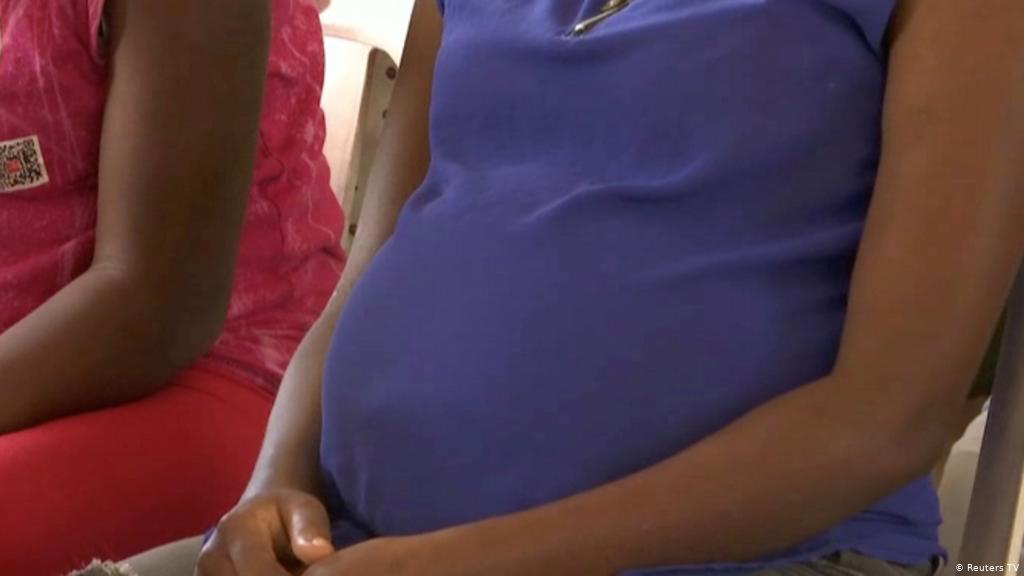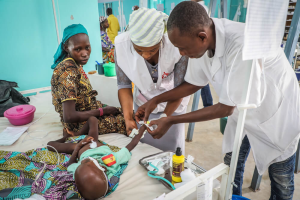
Nigeria’s Total Fertility Rate (TFR) has fallen from 5.3 children per woman in 2018 to 4.8 in 2024, signaling a notable demographic transition over the past five years, according to the 2024 Nigeria Demographic and Health Survey (NDHS) report.
Dr. Iziaq Salako, the Minister of State for Health and Social Welfare, attributed the decline to increased access to and use of family planning services across the country. The modern contraceptive usage among currently married women modestly rose from 12% in 2018 to 15% in 2023, while the satisfied demand for family planning increased to 37%.
The survey also showed improvements in maternal and child health indicators. Under-five mortality decreased from 132 deaths per 1,000 live births in 2018 to 110 in 2024. Antenatal care coverage reached 63%, skilled birth attendance increased to 46%, and postnatal care within two days after delivery improved from 38% to 42%.
However, neonatal mortality remains a challenge, with the rate staying nearly unchanged at about 41 deaths per 1,000 live births, now representing 40–45% of under-five deaths.
Dr. Salako emphasized the need for intensified efforts to further reduce neonatal mortality and address maternal and child health gaps. Initiatives such as the Maternal and Maternal Fatality Reduction Initiative and the Nigerian Child Survivor Act (2023–2025) are underway to tackle these issues through improved health investment, coordination, and community participation.
Hon. Nasir Kwarra, Executive Chairman of the National Population Commission, noted the survey’s critical role in providing evidence-driven insights for governance and policy formulation. The 2024 NDHS covered 42,000 households nationwide and reinforces data as a public good essential for effective population and health management.








